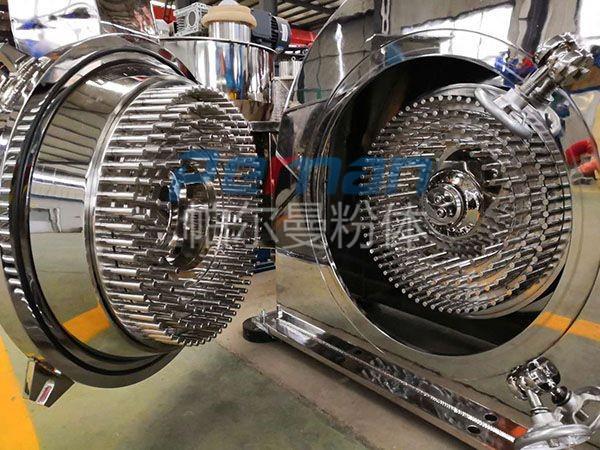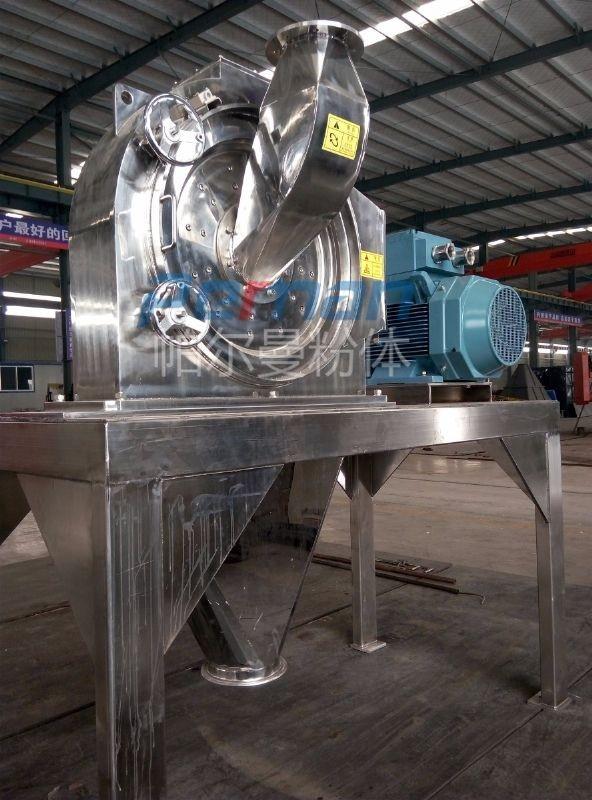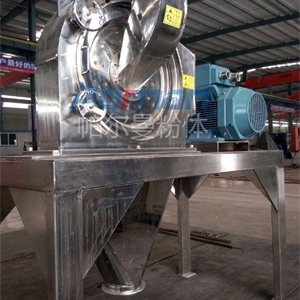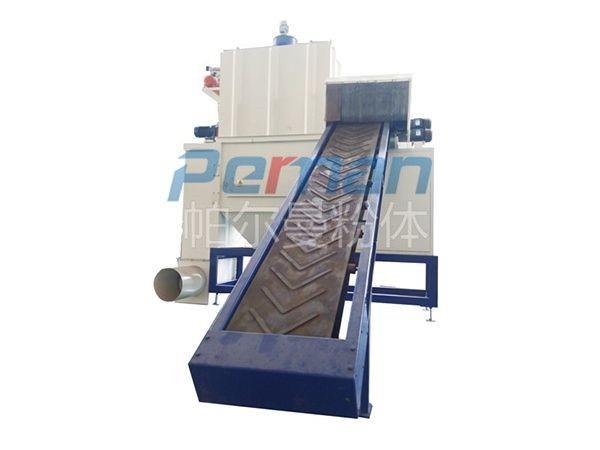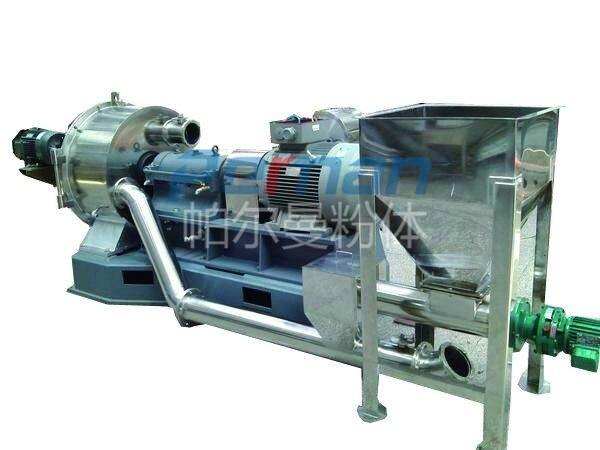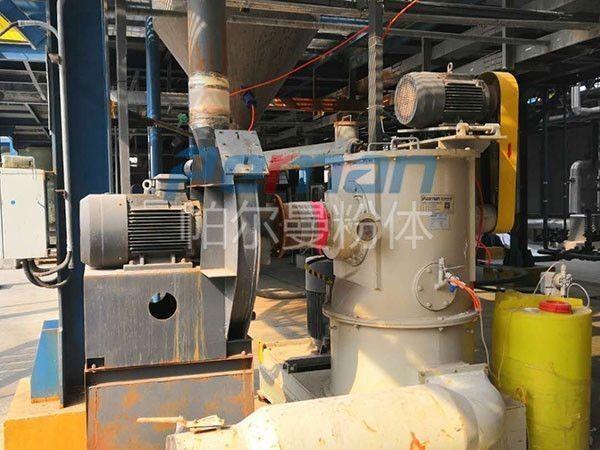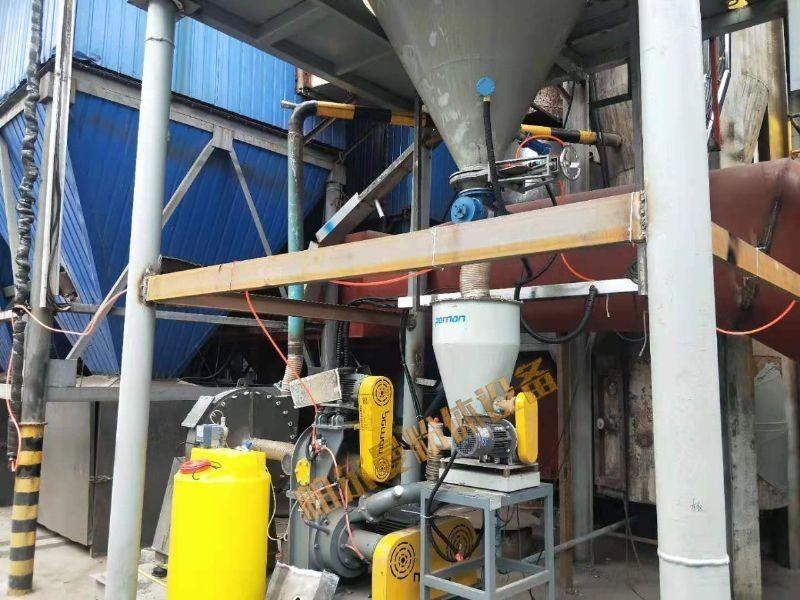CBM-P needle disc grinding
product description: CBM-P impact crusher is an ultra-fine crushing equipment developed by our company on the basis of digesting and absorbing foreign advanced powder technology, which is suitable for crushing materials with low to medium hardness. It
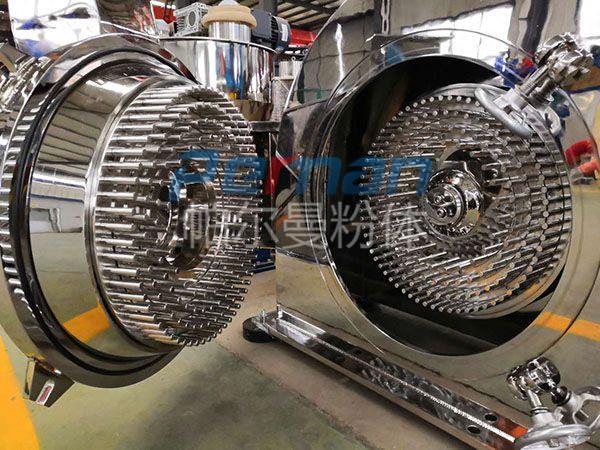
product description:
CBM-P impact crusher is an ultra-fine crushing equipment developed by our company on the basis of digesting and absorbing foreign advanced powder technology, which is suitable for crushing materials with low to medium hardness. Its performance indicators have reached the international standards of similar models. Four types of rotor structures are designed. According to different crushing requirements, four types of rotors can be selected: pin type, rotor type, grinding disc type and percussion rod type. The pin rod is suitable for ultra-fine crushing and crushing of viscous materials. The rotor type is suitable For the crushing of brittle and fibrous materials, the disc type is suitable for the crushing of plastics, and the percussion rod type is suitable for pre-crushing and coarse crushing.Performance characteristics:
The feature of this machine is that a variety of rotors can be used universally, and it is especially suitable for users who have multiple crushing requirements such as scientific research institutes and enterprises.Component composition:
This machine is composed of a casing, a door, a rotor, a stator, a main shaft, a main shaft air seal device, a feeding device and other parts. A sealing ring is installed between the casing and the door to prevent dust leakage. The material passes through an adjustable vibration feeder. Quantitative input into the crushing cavity to ensure the uniformity and continuity of the feeding process.
Working principle:
1. Rod pin type and percussion rod type: The rotor and stator form a closed crushing cavity. After the material is fed into the crushing cavity by the feeding device, under the action of the high-speed rotation of the rotor, the material also follows the accelerated rotation, and at the same time moves in the outer circumferential direction under the action of centrifugal force. During this process, the material collided strongly with the pins on the rotor and stator and was smashed, and the smashing degree became more severe as it went out. Since the rotor and the stator each have 3 to 4 layers of pin rings, the crushing effect of the material is relatively sufficient. Rod-pin type rod pins are denser and suitable for ultra-fine crushing; percussion rod-type rods are less suitable for coarse crushing.2. Rotor type: The motor drives the main shaft and the turbine to rotate at a high speed. The high-speed rotation of the turbine sucks in a large amount of air, and the materials and airflow rotate with the high-speed rotating turbine. The crushing zone composed of the turbine and the grinding block on the screen ring has a compact structure, so that the material entering the machine rubs tightly and strongly impacts on the inner edge of the turbine blade in the rotating airflow, and is in the gap between the blade and the grinding block. Grind again. When the material reaches the product fineness requirement, the material is filtered out of the screen and discharged through the lower cavity of the casing.
3. Grinding disc type: The material enters the crushing cavity composed of static disc and movable grinding disc from the feed pipe. Due to the high-speed rotation of the movable disc and the action of the fan, the material is continuously sheared, impacted and rubbed, and the particles are getting smaller and smaller. , And move outwards, and finally collected by the collection system through the discharge pipe.
Industry application:
Food: sugar, rice, corn, starch, oats, flour, soybeans, peas, lentils, spices, cocoa powder, potato powder, coffee, salt, milk powder, onions, vegetables, grape powder, etc.;Medicine: various tree roots, bark, leaves, herbs, bone meal, etc.;
Plastics: polyethylene, PVC, polystyrene, rubber, epoxy resin, etc.;
Chemical raw materials: pigments, pigments, alumina, iron oxide, zinc oxide, copper powder, detergents, etc.;
Filling and building materials: limestone, gypsum, fluorite, mica, barite, clay, asbestos, straw, straw, wood pulp, oat shell, nut shell, fabric, etc.

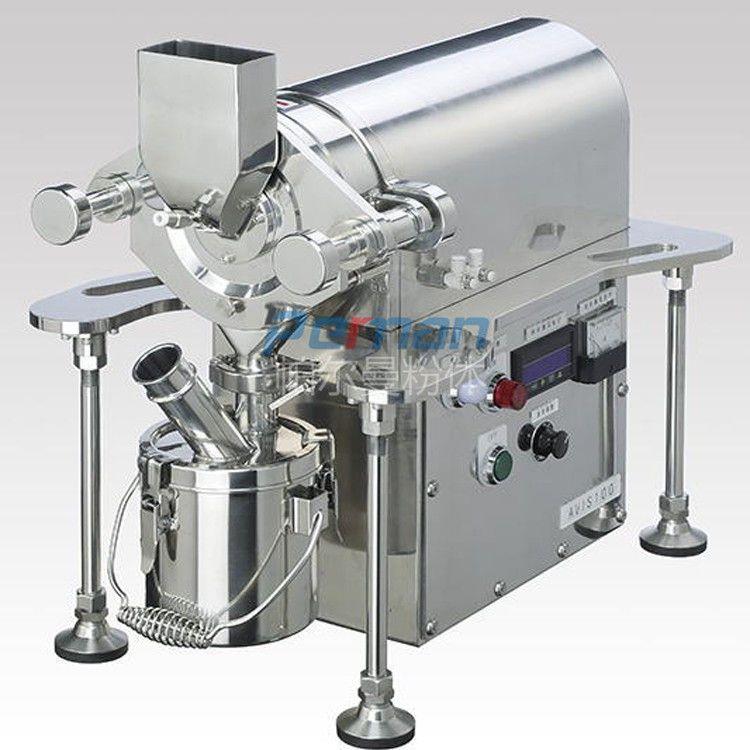


Related Products
Related cases
Online customization
Quality creates value

